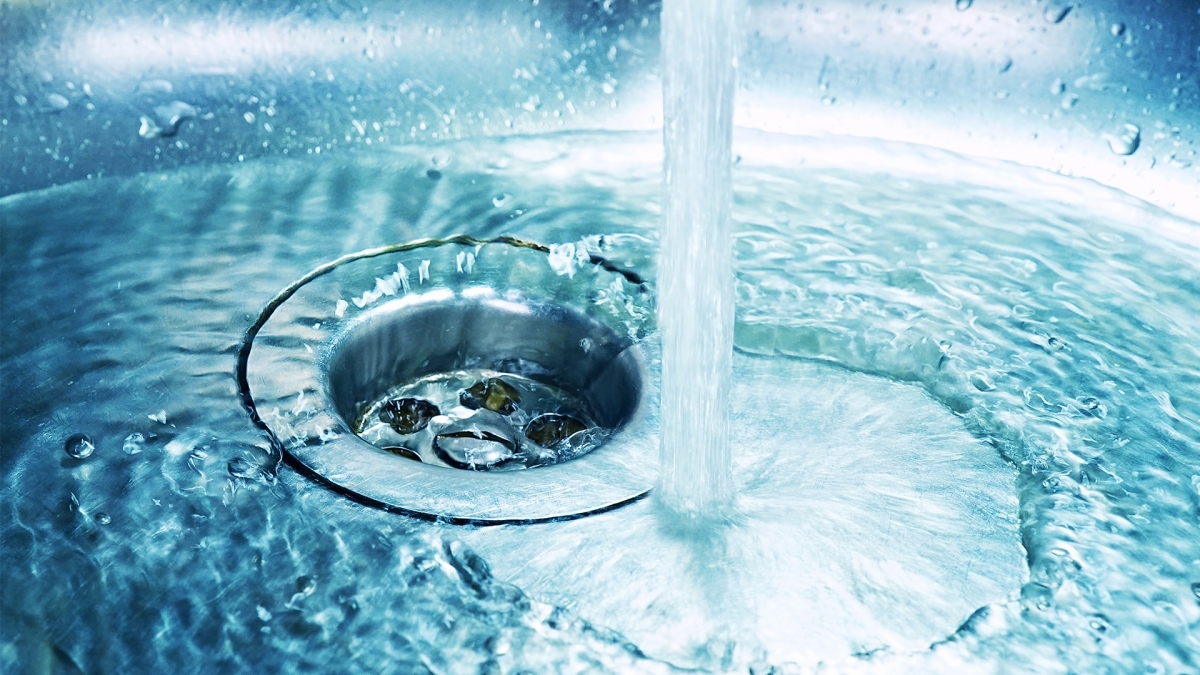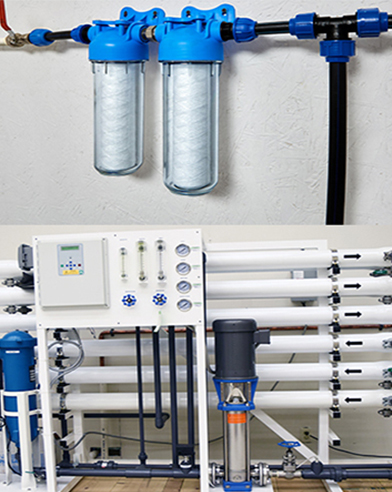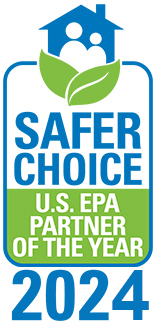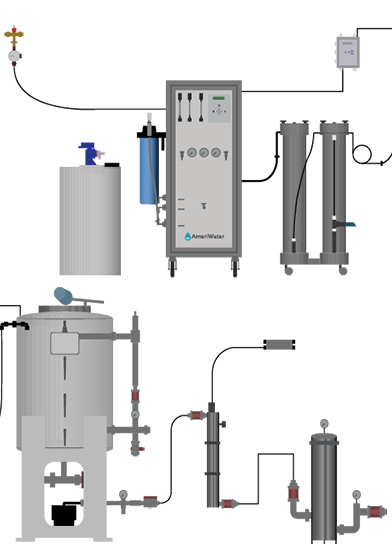
A new AAMI standard
Water quality is a hot topic within SPD and there is a new AAMI standard ST108 that users now need to comply with. ST108 includes recommendations for scheduled water testing and monitoring as well as risk assessments to determine the appropriate water quality for the intended use. The standard provides guidelines for selecting, implementing, and maintaining appropriate water treatment solutions and requires routine monitoring and quality control procedures to ensure ongoing compliance. It imposes significant implementation challenges for healthcare facilities including significant costs for installation, ongoing maintenance, and for consumables such as salt (saline) for water softening, media for deionization (DI), and last but not least deliveries for a white, water soluble powder derived from gluconic acid, sodium gluconate, used as a preservative in personal care products and industrial applications like concrete. I wonder why filtration for water treatment was so easily replaced with a multi-step process using a series of chemical additives to pre-treat water.
Too many chemicals
Healthcare facilities are already using too many chemicals. Many of them are hazardous, and most can’t be released directly into the wastewater stream. Now, it has become routine practice and added to the standards that health care facilities should purify water in multiple steps using softening and chemical additives, when a simple purification method like filtration is all that is needed. Water treatment suppliers say to start with softening with multiple treatment steps to follow or suggest using softening only if nothing else fits the budget. (Softening increases sodium levels in the water). Then, add more chemicals to further “treat” the water, such as sodium bisulfate, a bleaching agent with a slight odor of rotten eggs, to lower the pH and for effective chlorination. Perhaps, okay for disinfecting your swimming pool. But according to Science Direct, it is a corrosive, white powder that dissolves in water, becoming sulfuric acid. We should not be adding chemicals to water to remove chemicals from water.
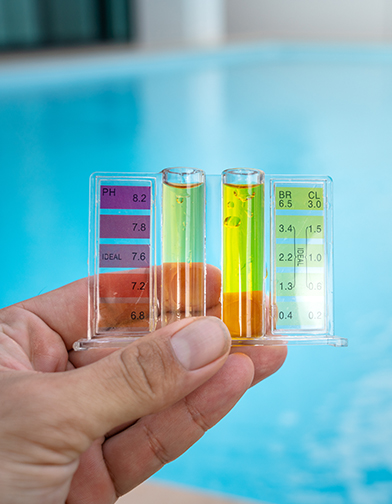
RO with a pre-filter is all that is needed
We learned several years ago that filtration and reverse osmosis (RO) is just about the best way to produce pure, high-quality water. Start with a pre-filter, inexpensive and readily available to remove sediment, particulate matter and to preserve the use life of the RO membrane. It’s simple and cost effective. You can also make the pre-filter housing clear to easily see when the filter is dirty and needs to be changed. RO can then produce the high purity water necessary for cleaning and specifically for rinsing medical devices. Consider adding a UV system at the outlet where critical water is needed. Now, your water purification system does what’s needed without dispensing hazardous chemicals, salt, and media into the waterways and the environment. Chemicals that can cause allergic, gastrointestinal, and respiratory reactions. FYI, you will save money with RO filtration as well.
Contact us today at [email protected] to learn more about how our RO water systems can meet your requirements without the need for harmful chemicals.


